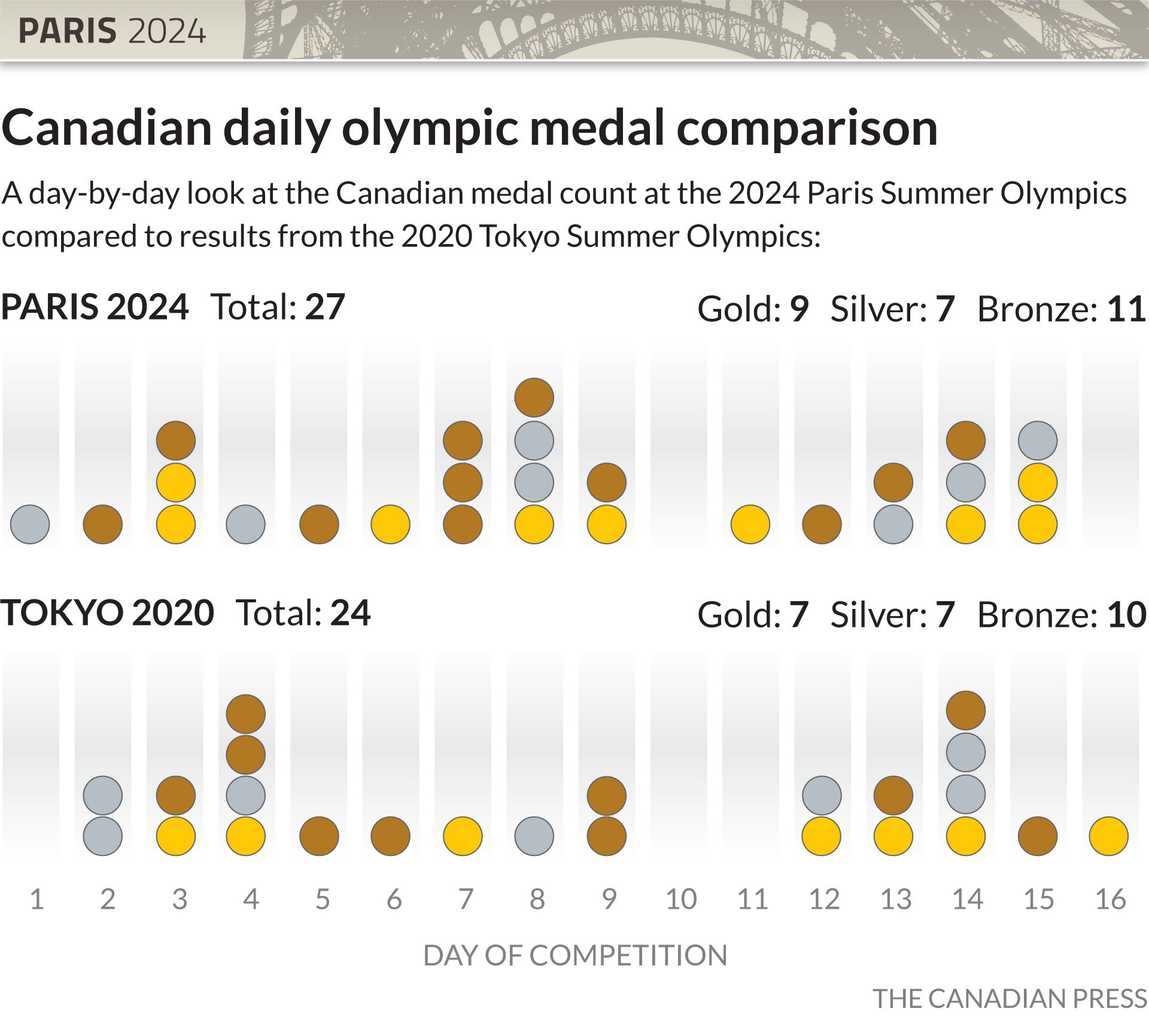Cultural representation is an essential part of character and cultural reconciliation. Nonetheless, Black Canadians frequently face an absence of positive representation in media and cultural establishments. At the point when they are addressed, it is as often as possible through cliché or negative depictions. This article investigates the meaning of positive representation, the present status of Black Canadian representation, and the means expected to cultivate more comprehensive and exact depictions.
The Power of Representation
Representation in media and cultural organizations significantly affects how people and networks see themselves and are seen by others. Positive representation can enable minimized gatherings, cultivating a feeling of satisfaction and having a place.
The Impact of Stereotypes
Stereotypical depictions of Black Canadians can propagate unsafe fantasies and inclinations. These generalizations frequently decrease people to one-layered characters, disregarding the wealth and variety of their encounters. As per a recent report by the Canadian Broadcasting Corporation (CBC), Black Canadians are frequently portrayed as crooks, competitors, or performers, building up restricted and negative stereotypes.
The Importance of Positive Representation
Positive representation, then again, can challenge these generalizations and present a more nuanced and far reaching perspective on Black Canadians. A 2020 report by the Canadian Race Relations Foundation found that positive media depictions fundamentally work on open perceptions and improve social union. At the point when Black Canadians see themselves reflected emphatically in media, it improves their confidence and local area pride.
Current State of Black Canadian Representation
Underrepresentation in Media
Black Canadians are underrepresented in different media structures, including TV, film, and reporting. A 2018 report by the Canadian Media Guild uncovered that Black Canadians make up just 2.9% of the Canadian media labour force, despite addressing 3.5% of the general populace. This uniqueness brings about an absence of different points of view and stories in traditional press.
Negative Portrayals in Media
Black Canadians are frequently depicted in media in a negative light. For instance, a study conducted in 2019 by MediaSmarts found that Black characters in Canadian television shows are more likely than white characters to be involved in crime or violence. These negative depictions can build up racial inclinations and add to the underestimation of African American populations.
Cultural Institutions and Representation
Inclusion in Museums and Galleries
It is the duty of museums and galleries to reflect Canada’s diverse cultures and histories. Nonetheless, a 2020 review by the Canadian Museums Association viewed that just 12% of galleries had long-lasting shows committed to Dark Canadian history. Black Canadians’ contributions may be lost as a result of this lack of representation, perpetuating a narrow view of Canadian history.
Theatre and Performance Arts
Theatre and cultural expression can be effectively conveyed through theatre and performance arts. However, Black writers and entertainers frequently battle to track down open doors in these fields. As per a 2019 report by the Playwrights Guild of Canada, just 5% of plays delivered in significant Canadian venues were composed by Dark writers. This underrepresentation restricts the variety of stories told in front of an audience and limits open doors for Dark specialists.
Steps Toward Inclusive Representation
Supporting Black Creators
Supporting Black makers is fundamental for encouraging assorted and true narrating. Drives, for example, subsidizing awards, mentorship programs, and systems administration open doors can assist with blacking specialists gain permeability and assets. A 2021 report by the Canada Council for the Arts featured the progress of designated financing programs in expanding the quantity of Black-drove projects in human expression.
Promoting Diverse Hiring Practices
Advancing different employing rehearses inside media and social establishments is essential for guaranteeing a scope of points of view and voices. Executing variety and incorporation preparing, setting recruiting targets, and establishing steady work environment conditions can assist with accomplishing this objective. The Canadian Broadcasting Corporation (CBC) has focused on guaranteeing that somewhere around 30% of its fresh recruits are from underrepresented gatherings, including Black Canadians, by 2025.
Educating Audiences
Educating crowds about the significance of different representations can likewise drive change. Public mindfulness crusades, local area studios, and school projects can assist with cultivating a more comprehensive mentality. A 2020 review by the Ontario Human Rights Commission saw that 70% of respondents accepted that expanded representation of Black Canadians in media would emphatically affect cultural mentalities towards racial variety.
The Role of Policy and Regulation
Strategy and guidelines can play a critical part in advancing comprehensive representation. States and administrative bodies ought to execute and authorize arrangements that support variety in media and social organizations.
Regulatory Standards
Setting administrative norms for variety in media creation can guarantee that a large number of voices and viewpoints are represented. The Canadian Radio-television and Telecommunications Commission (CRTC) has acquainted rules with advanced variety in communicating, including motivations for networks that meet variety targets.
Funding and Support
Government financing and backing for drives that advance Black representation in media and social foundations are pivotal. Projects, for example, the Canada Media Fund offer monetary help for different substance creation, assisting with enhancing Black voices in different media structures.
The Impact of Positive Representation
Positive representation of Black Canadians in media and social establishments can transformative affect people and society. It encourages deep satisfaction and having a place among Black Canadians, challenges generalizations, and advances social union.
Empowering Individuals
Seeing positive depictions of oneself in media and social spaces can unquestionably engage. It approves the encounters and characters of Black Canadians, adding to higher confidence and mental prosperity. As indicated by a recent report by the University of Toronto, positive media representation is connected to expanded versatility and lower levels of pressure among Black youth.
Conclusion
In conclusion, accomplishing positive and comprehensive representation of Black Canadians in media and social organizations is fundamental for encouraging a more equitable and firm society. By testing generalizations, praising accomplishments, and enhancing different voices, we can engage Black Canadians and advance a more extensive comprehension of their commitments to Canadian culture. Through cooperative endeavours in strategy, training, and local area commitment, we can make a social scene that reflects and regards the extravagance of Black Canadian encounters.
Related

































